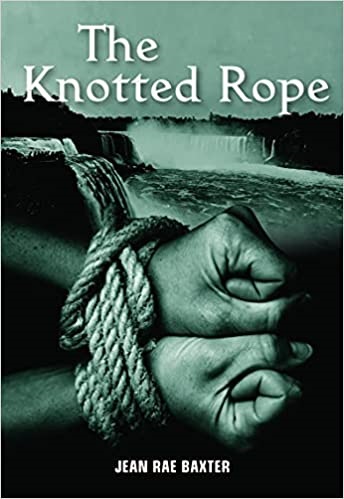Broken Trail, a white boy adopted by the Oneida First Nation and brought up to be a warrior, has seen much injustice done to his adoptive people and even more suffered by the Black slaves who spend their lives in bondage. The year is 1793, the year in which a new law is passed to gradually end slavery in Upper Canada. The new law is not perfect; it will leave hundreds still in slavery for the rest of their lives. But it is enough to make many slave owners afraid that their investment in slaves will soon be worth nothing. Not wanting to lose money, they sell their slaves to dealers to take to slave markets in the United States. When a twelve-year-old girl, Rosa, and her father are sold to a slave dealer, Broken Trail has a plan that will not only rescue them from the slave dealer but also make them free for life. But where has the slave dealer taken Rosa and her father? Broken Trail embarks on a dangerous search for the place where slaves are confined until they can be shipped across the border. The danger is great, and Broken Trail finds more than he expected.
I don’t know what I expected when I picked up this book, but I didn’t expect to be confused.
The foreword speaks of Canada’s history of slavery in the John Graves Simcoe era (Simcoe was Lieutenant Governor of Upper Canada in the late 1700s), when the first successful piece of abolitionist legislature was passed. Though most nine-to-thirteen-year-olds would balk at six pages of history, it seemed important enough to add. Thirty pages later, though, nearly every single piece of the foreword had been restated within the story itself. Once again, this speaks to the age demographic, so it’s not necessarily a bad thing, but I found it a tad jarring.
The characters are what shine in this story. The dialogue, though clipped, is mostly genuine and believable. Broken Trail makes a good main character – he’s driven, stubborn, and he never loses sight of his goal. The slave owners are also strong, and each acts uniquely within their own trope.
Broken Trail’s unshakable resolve, though, narrows the story down more than I would have liked. His enmity with Thayendanegea begins in a moment, and there is hardly a mention of his struggle to separate the Thayendanegea he respected from the one he despises. None of the characters create side plots – they are there to advance Broken Trail’s goal and for no other reason. All this makes the plot seem one-dimensional, and contributes to a general lack of emotion and danger throughout a story that should be charged with both.
To sum it up, it’s an effective book to teach about Canada’s history with slavery. It serves much more to teach than to entertain – the plot falters as from the turning point to the end, nothing at all goes wrong. Broken Trail is never forced to confront anything or to drastically alter his plan. I would recommend this to a social studies teacher before speaking of it to a middle-grade reader, and that’s probably the most accurate TL:DR I could give.
Enjoy the read!
-Matt Shipley


